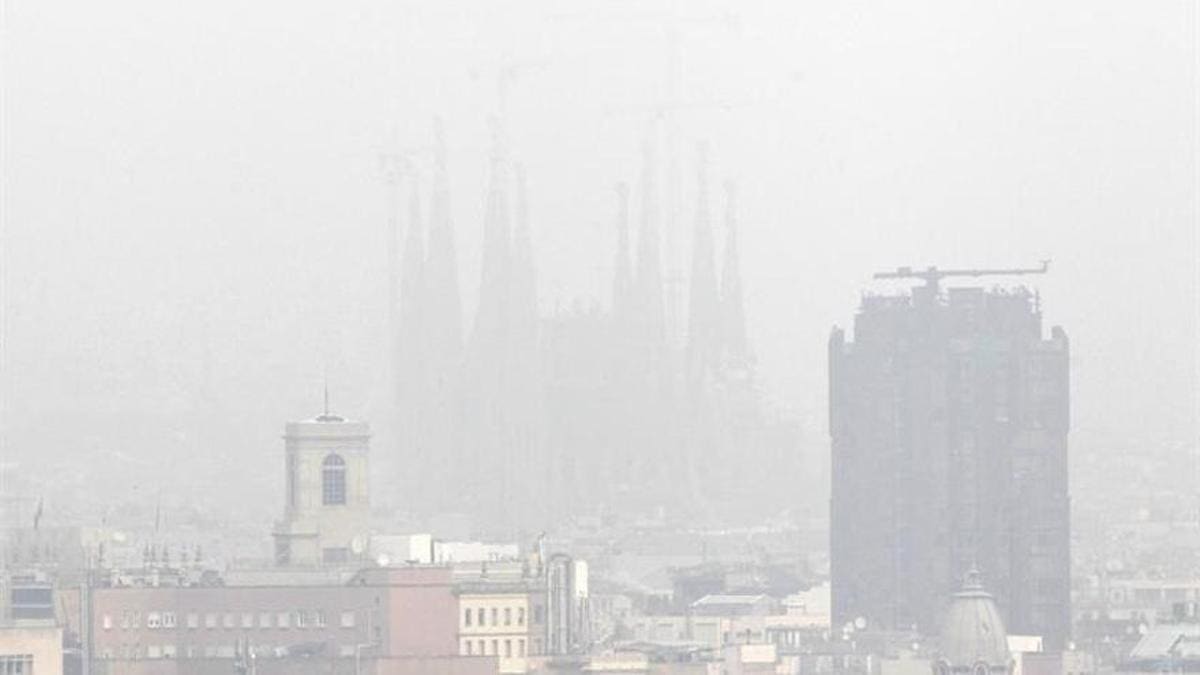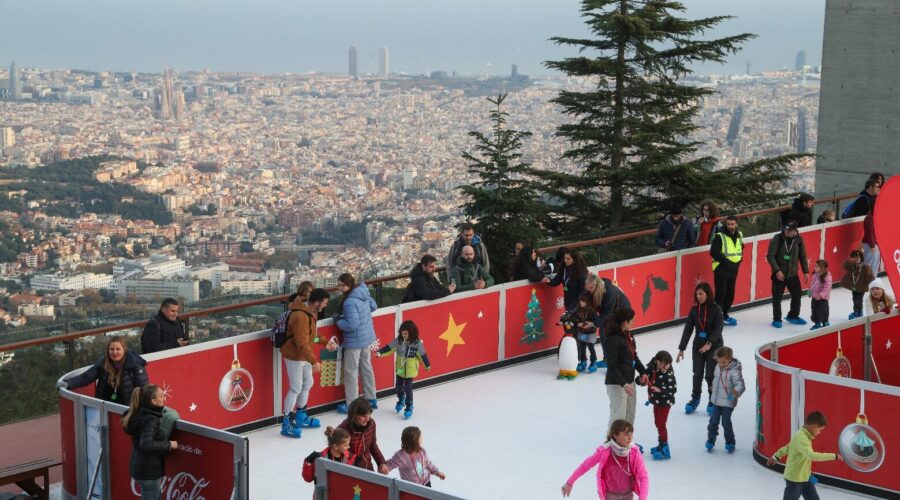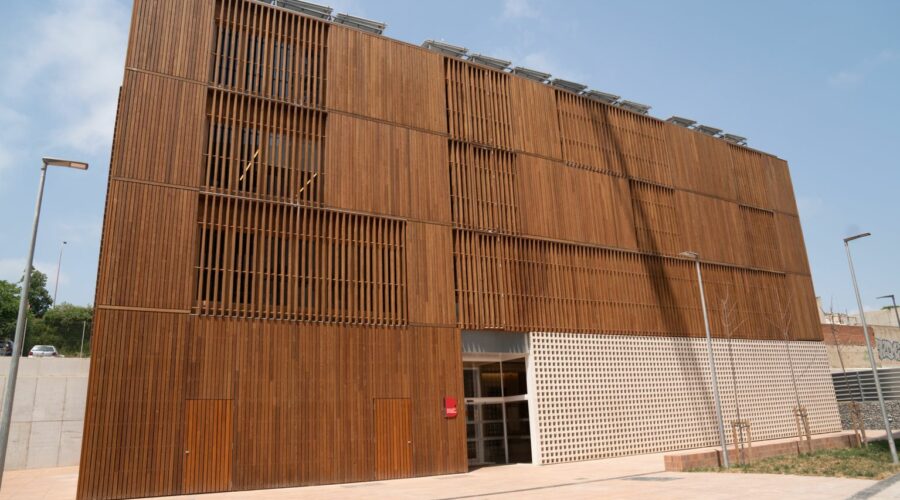Recently, the Barcelona Public Health Agency (ASPB) published a report revealing which neighborhoods have the most polluted air in the Catalan capital.
This report provides valuable information on air quality in Barcelona and its impacts on the health of the population.
In the district of Sarrià Sant Gervasi is the richest neighborhood in Barcelona.
One of the main conclusions of the report is that in 2022, air pollution levels in Barcelona increased compared to the previous two years. This increase is attributed to the return to normalcy in the city following containment measures related to the COVID-19 pandemic.
During the confinements, the emission of particulate pollutants decreased significantly, but with the resumption of normal activities, pollution levels increased again.
The nitrogen dioxide (NO2) problem
The report focuses on nitrogen dioxide (NO2), an air pollutant closely linked to city traffic. Although NO2 levels have shown a decreasing trend over the last decade, they are still a cause for concern.
The Eixample district leads the list with the highest levels of NO2 exposure, exceeding the annual legal limit allowed by the European Union and the Ministry for Ecological Transition and the Demographic Challenge.
Neighborhoods with the most polluted air
According to the report, the most polluted neighborhood in Barcelona is La Dreta de l’Eixample, with an annual average of 46 µg/m³ of NO2. It is followed by L’Antiga Esquerra de l’Eixample (43 µg/m³), the Sant Antoni neighborhood (42 µg/m³) and La Nova Esquerra de l’Eixample (40 µg/m³).
The alarming revelation is that the six most polluted neighborhoods are in the same district, the Eixample. In fifth and sixth position are El Fort Pienc and La Sagrada Família, both with an average of 39 µg/m³.
While Eixample is the epicenter of pollution, other districts are also affected. For example, the neighborhood of La Font de la Guatlla in the Sants-Montjuic district, La Sagrera in Sant Andreu, and Provençals del Poblenou in the Sant Martí district have pollution levels that exceed legal limits.
Health and economic consequences
Health impacts should not be underestimated. The report estimates that long-term exposure to 2022 pollution levels could lead to about 1,500 deaths annually, 900 new cases of childhood asthma and 120 new cases of lung cancer in the city.
Barcelona’s Sants neighborhood, one of the 51 best in the world
In addition to health impacts, air pollution also has significant economic and social impacts. The report estimates that the social cost of annual mortality attributable to pollution is 1,041 million euros, which represents 1.2% of the city’s GDP and is equivalent to 635 euros per inhabitant.




